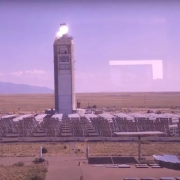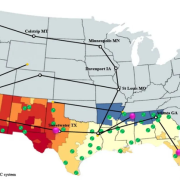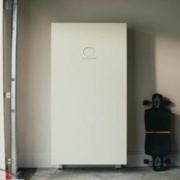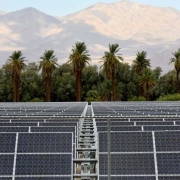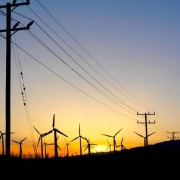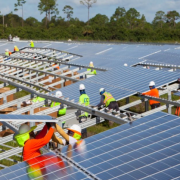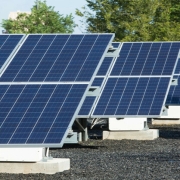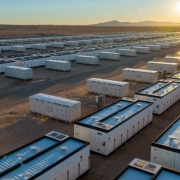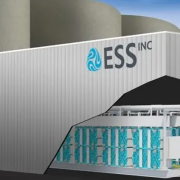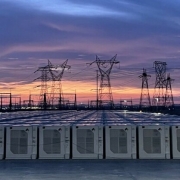The CPUC’s 11.5-GW mid-term reliability procurement order sought to meet the state’s grid needs between 2023 and 2026, given the then-planned retirement of the 2.2-GW Diablo Canyon nuclear power plant by 2025, as well as the closure of several natural gas plants. The state is now considering extending the life of the Diablo Canyon plant through the end of the decade. However, it continues to focus on procuring new clean energy resources to meet grid needs, with the 2021 decision requiring 2 GW to come online by August, another 6 GW by mid-2024, followed by installments of 1.5 GW and 2 GW in 2025 and 2026, respectively.
In September 2021, SDG&E issued a request for offers to meet its share of these procurement needs, and then reopened the solicitation last April for new bids as well as updates to previous ones. It filed a proposal with the commission in October, seeking approval of two lithium-ion battery storage projects – the 80-MW Bottleneck project and 100-MW Cald project – as well as a 20-MW hybrid solar and storage facility. SCE, meanwhile, also launched an RFO in 2021, and filed its latest proposal with the commission in October, proposing four storage projects, ranging from 69 MW to 230 MW, for a combined capacity of 619 MW.
Click here to read the full article
Source: Utility Dive
—
If you have any questions or thoughts about the topic, feel free to contact us here or leave a comment below.

